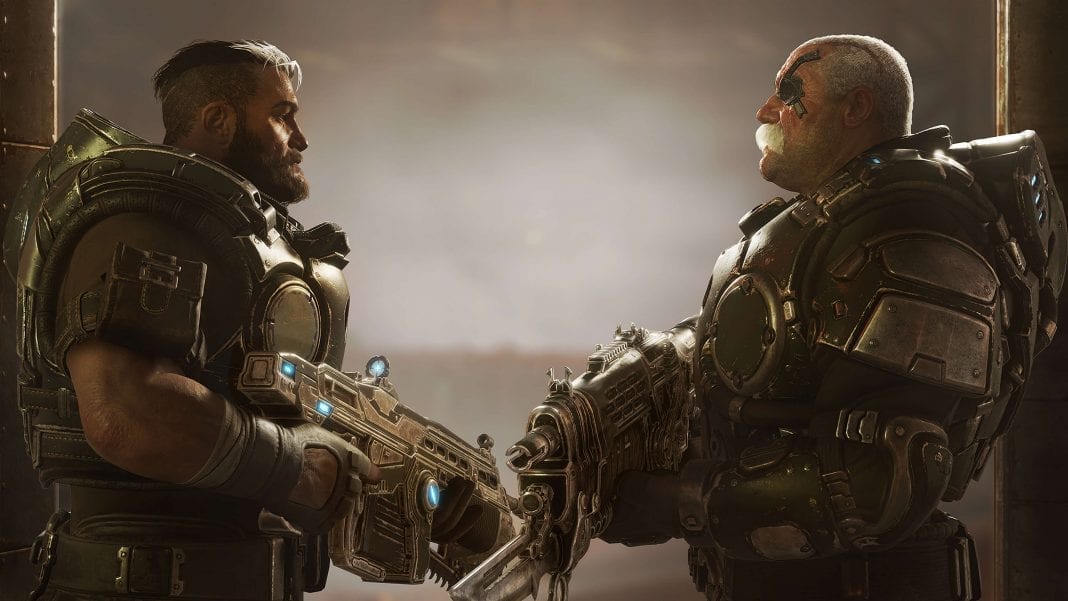


In 1999, Best Buy was added to Standard & Poor’s S&P 500. [ Concept IV stores included an open layout with products organized by category, cash registers located throughout the store, and slightly smaller stores than Concept III stores. The stores also had large areas for demonstrating home theater systems and computer software. In 1992, it hit the $1 billion mark in annual revenues. In 1995, Best Buy debuted “Concept III” stores, which were larger than its previous stores. The Concept III stores included expanded product offerings interactive touchscreen kiosks that displayed product information for both customers and employees and demonstration areas for products such as surround sound stereo systems and videogames.īest Buy launched its “Concept IV” stores with its expansion into New England in 1998.
GEARS TACTICS BEST BUY FREE
In 1983, with seven stores and $10 million in annual sales, Sound of Music was renamed Best Buy Company, Inc. The company also expanded its product offerings to include home appliances and VCRs, in an attempt to expand beyond its then-core customer base of 15-to-18-year-old males. Later that year Best Buy opened its first superstore in Burnsville, Minnesota. The Burnsville location featured a high-volume, low price business model, which was borrowed partially from Schulze’s successful Tornado Sale in 1981. In its first year, the Burnsville store out-preformed all other Best Buy stores combined.īest Buy debuted on the New York Stock Exchange in 1987. In 1989, the company introduced a new store concept dubbed “Concept II.” Concept II replaced dimly lit industrial-style stores with brighter and more fashionably fixtured stores. Stores also began placing all stock on the sales floor rather than in a stock room, had fewer salespersons and provided more self-help product information for its customers. Best Buy also did away with commissioned salespeople. The commission-free sales environment “created a more relaxed shopping environment free of the high-pressure sales tactics used in other stores,” but was unpopular with salespersons and suppliers. Some suppliers, such as Maytag, Whirlpool and Sony, were upset that salespeople would no longer be pushing their products and stopped selling their wares in Best Buy stores. The suppliers returned after Best Buy’s sales and revenue grew following the roll-out of Concept II. Sound of Music operated nine stores throughout Minnesota by 1978. In 1981, the Roseville, Minnesota Sound of Music location, at the time the largest and most profitable Sound of Music store, was hit by a tornado. The store’s roof was sheared off and showroom destroyed, but the storeroom was left intact. In response, Schulze decided to have a “Tornado Sale” of damaged and excess stock in the damaged store’s parking lot. He poured the remainder of his marketing budget into advertising the sale, promising “best buys” on everything. Sound of Music made more money during the four-day sale than it did in a typical month. Schulze and a business partner opened Sound of Music, an electronics store specializing in high fidelity stereos in Saint Paul, Minnesota. Schulze financed the opening of his first store with his personal savings and a second mortgage he took out on his family’s home. In 1967, Sound of Music acquired Kencraft Hi-Fi Company and Bergo Company. Sound of Music pulled in $1 million in revenue and made about $58,000 in profits in its first year. By 1969, Schulze had bought out his business partner, Sound of Music had three stores and the company became a publicly held company listed on the NASDAQexchange. Schulze in 1966 and is headquartered in Richfield, MN. The company changed its name from Sound of Music, Inc. The company also markets its products under the brand names: Best Buy, Audiovisions, Best Buy Mobile, The Carphone Warehouse, Five Star, Future Shop, Geek Squad, Magnolia Audio Video, Napster, Pacific Sales and The Phone House.

and its territories, which includes Canada, Europe, China, Mexico and Turkey. The International segment is comprised of all operations outside the U.S. The Domestic segment is comprised of the operations in all states, districts and territories of the U.S., operating under various brand names, including but not limited to, Best Buy, Best Buy Mobile, Geek Squad, Magnolia Audio Video, Napster and Pacific Sales. The company operates through two business segments: Domestic and International. is a multinational retailer, which provides consumer electronics, home office products, entertainment products, appliances and related services. 0 Views Best Buy Co., Inc. history, profile and history videoīest Buy Co., Inc.


 0 kommentar(er)
0 kommentar(er)
